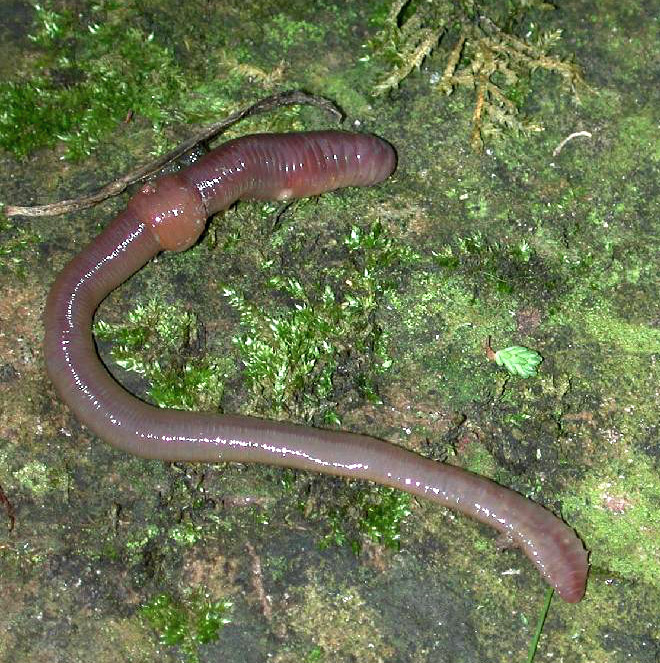|
Colemaniella (worm)
''Colemaniella'' is a monotypic genus of worms belonging to the family Lineidae Lineidae is a family of nemertean worms. It contains the following genera: * '' Aetheolineus'' Senz, 1993 * '' Ammolineus'' Senz, 2001 * '' Antarctolineus'' Muller & Scripcariu, 1964 * '' Apatronemertes'' Wilfert & Gibson, 1974 * '' Australineus .... The only species is ''Colemaniella albulus''. The species is found in Australia. References Lineidae Invertebrates of Australia Animals described in 1981 {{nemertean-stub ... [...More Info...] [...Related Items...] OR: [Wikipedia] [Google] [Baidu] |
Monotypic Genus
In biology, a monotypic taxon is a taxonomic group (taxon) that contains only one immediately subordinate taxon. A monotypic species is one that does not include subspecies or smaller, infraspecific taxa. In the case of genera, the term "unispecific" or "monospecific" is sometimes preferred. In botanical nomenclature, a monotypic genus is a genus in the special case where a genus and a single species are simultaneously described. Theoretical implications Monotypic taxa present several important theoretical challenges in biological classification. One key issue is known as "Gregg's Paradox": if a single species is the only member of multiple hierarchical levels (for example, being the only species in its genus, which is the only genus in its family), then each level needs a distinct definition to maintain logical structure. Otherwise, the different taxonomic ranks become effectively identical, which creates problems for organizing biological diversity in a hierarchical system. ... [...More Info...] [...Related Items...] OR: [Wikipedia] [Google] [Baidu] |
Worm
Worms are many different distantly related bilateria, bilateral animals that typically have a long cylindrical tube-like body, no limb (anatomy), limbs, and usually no eyes. Worms vary in size from microscopic to over in length for marine polychaete worms (bristle worms); for the African giant earthworm, ''Microchaetus rappi''; and for the marine nemertean worm (bootlace worm), ''Lineus longissimus''. Various types of worm occupy a small variety of parasitism, parasitic niches, living inside the bodies of other animals. Free-living worm species do not live on land but instead live in marine or freshwater environments or underground by burrowing. In biology, "worm" refers to an obsolete taxon, ''Vermes'', used by Carl Linnaeus, Carolus Linnaeus and Jean-Baptiste Lamarck for all non-arthropod invertebrate animals, now seen to be paraphyletic. The name stems from the Old English word ''wikt:wyrm, wyrm''. Most animals called "worms" are invertebrates, but the term is also use ... [...More Info...] [...Related Items...] OR: [Wikipedia] [Google] [Baidu] |
Lineidae
Lineidae is a family of nemertean worms. It contains the following genera: * '' Aetheolineus'' Senz, 1993 * '' Ammolineus'' Senz, 2001 * '' Antarctolineus'' Muller & Scripcariu, 1964 * '' Apatronemertes'' Wilfert & Gibson, 1974 * '' Australineus'' Gibson, 1990 * '' Cephalurichus'' Gibson, 1985 * '' Colemaniella'' Gibson, 1982 * '' Corsoua'' Corrêa, 1963 * '' Craticulineus'' Gibson, 1984 * '' Diplopleura'' Stimpson, 1857 * '' Eousia'' Gibson, 1990 * '' Euborlasia'' Vaillant, 1890 * '' Flaminga'' Corrêa, 1957 * '' Fragilonemertes'' Riser, 1998 * '' Gastropion'' Moretto, 1998 * '' Heteroenopleus'' Wern, 1998 * '' Heterolineus'' Friedrich, 1935 * '' Heteronemertes'' Chernyshev, 1995 * '' Hinumanemertes'' Iwata, 1970 * '' Kirsteueria'' Gibson, 1978 * '' Kohnia'' Sundberg & Gibson, 1995 * '' Leucocephalonemertes'' Cantell, 1996 * '' Lineopsella'' Friedrich, 1970 * '' Lineopselloides'' Gibson, 1990 * '' Lineopsis'' * ''Lineus'' Sowerby, 1806 * '' Micconemertes'' Gibson, 1997 * '' Mic ... [...More Info...] [...Related Items...] OR: [Wikipedia] [Google] [Baidu] |
Invertebrates Of Australia
Invertebrates are animals that neither develop nor retain a vertebral column (commonly known as a ''spine'' or ''backbone''), which evolved from the notochord. It is a paraphyletic grouping including all animals excluding the chordate subphylum Vertebrata, i.e. vertebrates. Well-known phyla of invertebrates include arthropods, molluscs, annelids, echinoderms, flatworms, cnidarians, and sponges. The majority of animal species are invertebrates; one estimate puts the figure at 97%. Many invertebrate taxa have a greater number and diversity of species than the entire subphylum of Vertebrata. Invertebrates vary widely in size, from 10 μm (0.0004 in) myxozoans to the 9–10 m (30–33 ft) colossal squid. Some so-called invertebrates, such as the Tunicata and Cephalochordata, are actually sister chordate subphyla to Vertebrata, being more closely related to vertebrates than to other invertebrates. This makes the "invertebrates" paraphyletic, so the term has no si ... [...More Info...] [...Related Items...] OR: [Wikipedia] [Google] [Baidu] |

